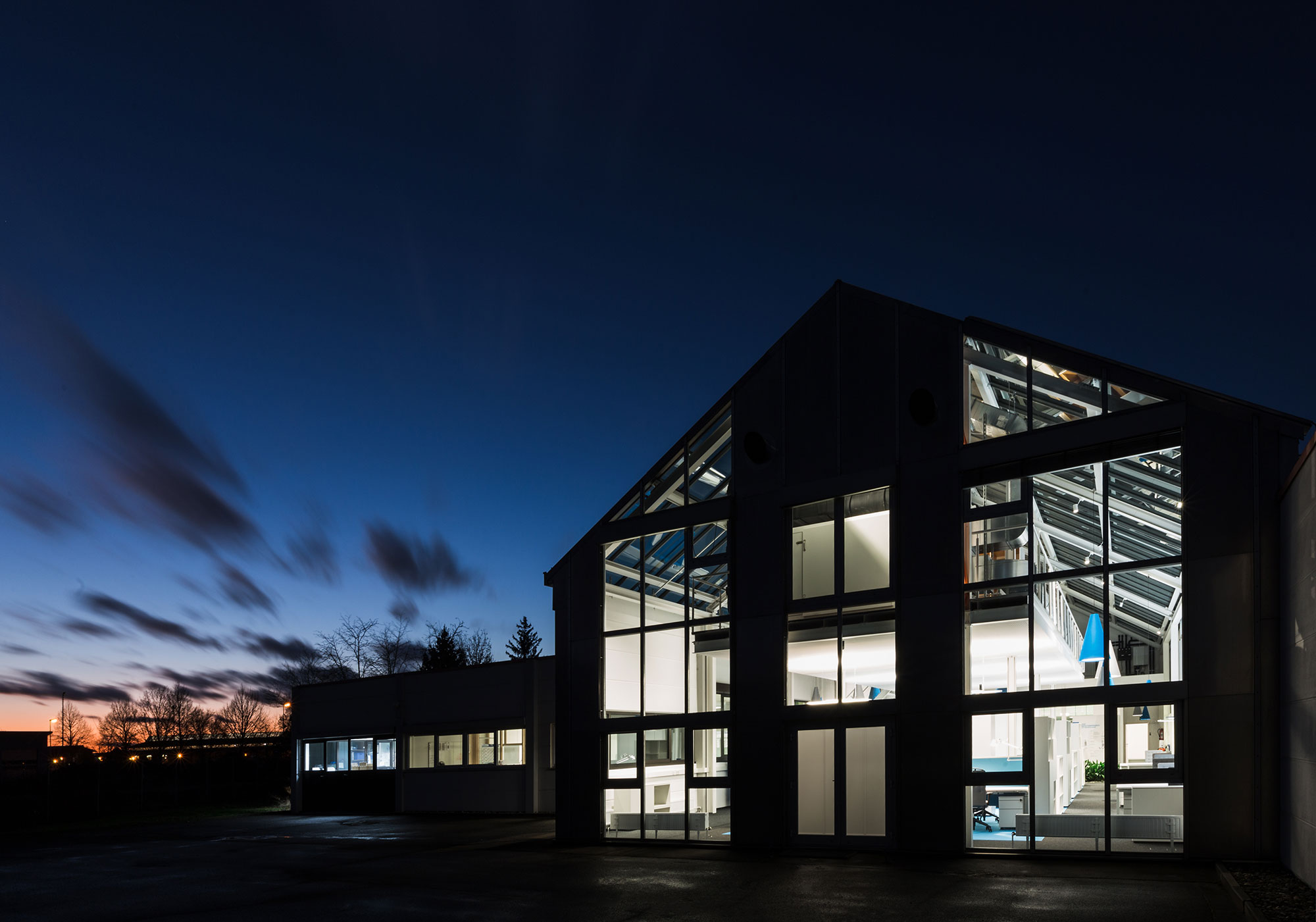
Medical Trends 2020
Inspired by our visit to MEDICA 2019, which always takes place in November, our diverse projects in medical technology and many other industries, we have also summarized what we consider to be the current design trends in the medical industry for 2020. We consider and analyze these trends holistically in terms of product design, user interface, function and technology. In doing so, we place the user at the forefront of all requirements.
Medical devices have to meet many requirements - above all usability and safety. The focus in 2020 and the coming years will be on
Smart operating concepts, sensible networking, evaluation and provision of information (connectivity) on and independently of the device, e.g. for planning and evaluating treatments.
evaluation of treatments
Collaborative interaction between automated functions and the craftsmanship of doctors, use of robotic arms and/or artificial intelligence
Transformation from a complex machine to a sympathetic, understandable and high-quality product with sophisticated production/manufacturing
We have already been able to observe this overarching trend with its three main areas of usability, artificial intelligence / digitalization and meaningful product design in the course of various medical projects in recent years.
As holistic product developers, one of our important tools is not only to observe these trends, but also to understand them, classify them and reflect on the influences for our customers and their projects. With over 250 development and design projects a year, we scout the various design trends and influences in different industries worldwide.
So what can we say about the Medical Trends 2020?
Let's take a look at a few products from both a hardware and a software perspective. Good product design focuses on the user in order to first ensure optimum usability and process reliability. This is a normative requirement for medical products and a natural process for us. We have established it under the term UX 720° - Medical 720° at BUSSE Design+Engineering.
Current product design trends from our perspective:
"Floating" interfaces: Screens as separate elements of the front side
Portrait displays: Vertical alignment of large screens
Divided volumes: Optical separation of the base body for division and structuring
Lighting effects: Light as an aid for functional display and as a visual highlight
Simplicity: Reduced design elements, not too many shapes, but high-quality details
Glossy surfaces
Combined surfaces: Connection of top and front for clear orientation to the user and easier cleaning
Penetrations: Division of the basic body by playing with surfaces, bodies & chamfers
Black and white contrasts
"iPad" design: Reduced geometry with a large "corner radius" and screen as the central element
"Angular but soft": Precise corners and edges with a large radius
With regard to smart operating concepts, networking and the provision of information, it is noticeable that the displays intended for interaction are often installed as floating elements in a prominent position.
This makes them easier to swivel and easier to read. The so-called "portrait" displays give monitoring or anesthesia devices a vertical and iconic shape. Despite the large surface area, the footprint remains as small as possible. With housing-integrated displays, the angle of the screen is preferably transferred to the overall design concept. The operating surface remains the sensible focal point and the readability and accessibility of the user interface is ensured.
Robotics in medicine:
A prime example of the collaborative interaction of automated and intelligent functions in product design are innovative robots for a wide range of applications.
A new type of home care robot from Medisana has been developed in particular to connect senior citizens individually and around the clock with the world or doctors. The challenge in designing such a helper is to package a technically highly sensitive and complex product into a gentle, understandable and, above all, safe "being". This was achieved through an integrative design with high contrast using black and white cladding parts. Its "foot" is not a hindrance to the user but is the important center of gravity that ensures stability. The display area and holder remind the viewer of a head with shoulders.
This brings us to the core issue, because the demand for medical products due to the ageing and constantly growing population is the growth engine par excellence.
In future, medical devices must be tailored more individually to their users and their capabilities, should be more multi-functional and at the same time meet the highest safety and quality standards. In terms of sustainability, medical devices must become more ecological and cost-effective to manufacture. These requirements, combined with the "digital" possibilities of today, are causing a change and rethink in medical technology development. A complex machine or a confusing interface must be transformed into comprehensible, friendly and well thought-out products in order to ensure their success and survival in accordance with new normative requirements.
In terms of user interfaces, trends towards clear and unambiguous displays and reduced but high-contrast colors are therefore also noticeable:
Adjustable monitors, interface and consumables are combined. Everything is always within reach!
Tablets and smartphones are used as control elements
A return to "flat design" to better highlight important information
Sensible combination of touch operation and "real" buttons
These are just a few of the medical trends identified for this year. Have we caught your attention? We have compiled other design trends that we have identified in a brochure.
Please contact us and you will receive the entire document by e-mail.






